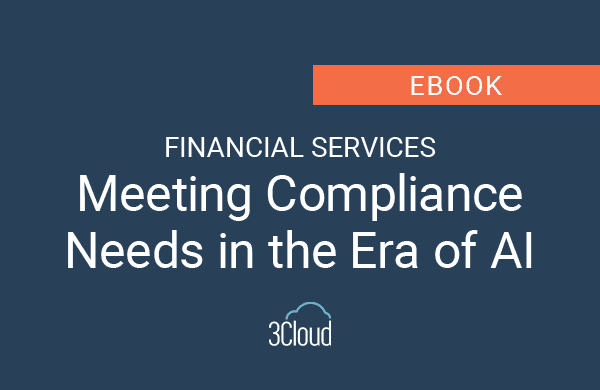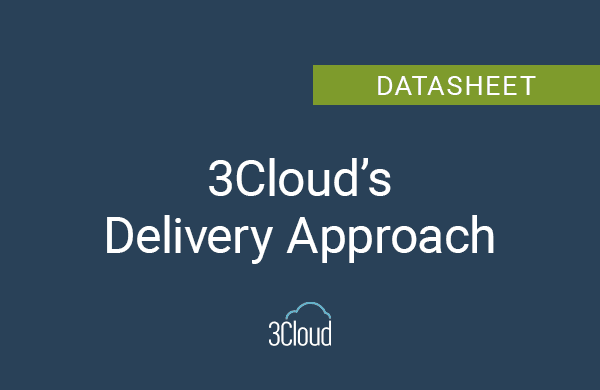Tricks aren’t intended for cloud providers, even on Halloween.
In 2016, Amazon Web Services put in an “Easter Egg” (not to mix up holidays) in the cloud Service Level Agreement of a game engine called Lumberyard. As documented within an article from Business Insider, the clause states that “developers can’t use its materials for ‘life-critical or safety-critical systems.” However, the rule can be voided if there is “a widespread viral infection transmitted via bites or contact with bodily fluids.”
While developers often hide information like this to be funny, there is something to be said about other clauses hidden in agreements with cloud services providers. Below are a couple of hidden things to be on the look for that are not jokes:
- Downtime
Downtime refers to a period that cloud services are unavailable due to network connectivity issues or loss of power. Even with multiple redundancy levels, your data or the Azure Zone itself is not fully protected from a critical event. Businesses should look for 99.99% global uptime with a hot/hot cloud configuration or multiple availability zones. A hot/hot design is where all servers have independent operational DB2 databases that service users’ transactions and queries. - Unexpected Costs
Improper architectures are the most common faults of a cloud environment. Inefficient mixes of cloud-native and Infrastructure as a Service (IaaS) resources can result in an enterprise spending more than they need. To avoid this costly mistake, it’s best to partner with a company like 3Cloud, which can unwind a sub-optimal configuration and even manage the cloud environment for you.
While developers may add these Easter Eggs to have a little fun, some hidden notices can cost your organization. Avoid these hidden clauses by partnering with a cloud and data analytics consulting company like 3Cloud, experienced in delivering cloud optimization and management services.




